What killing penny coins means for you and how it will change shopping
The penny coin is getting phased out, a cost-cutting move that could ripple through consumer behavior, retailers' pricing strategies and cash transactions.
Why it matters: It'll be harder to make sense out of cents and get exact change after the one-cent coin's upcoming demise.
- The penny's removal may impact how prices are rounded, potentially affecting both businesses and consumers — especially those who rely on cash.
Pinching pennies: When will penny production stop?
The big picture: President Trump directed the Treasury to stop producing new pennies back in February. The U.S. Treasury confirmed Thursday the U.S. Mint will stop making the coins early next year.
- The Mint will stop making pennies after it runs out of the blank templates used to make the one-cent coins, the Treasury Department told Axios.
- The final order of blanks was placed this month, a Treasury spokesperson said.
The Canadian penny was discontinued for production in 2012.
- Australia and New Zealand stopped producing their lowest-denomination coins decades ago.
Cost to make penny, nickel, dime and quarter
By the numbers: The cost of making a penny increased 20% in the 2024 fiscal year, the Treasury told Axios.
- Over the past 10 years, the total production cost of the penny has risen from 1.3 cents to 3.69 cents per penny.
- The Mint said reported losing $85.3 million on the nearly 3.2 billion pennies it produced in the 2024 fiscal year. The Treasury said stopping production will save the government $56 million a year in reduced material costs.
Yes, but: The nickel is even more expensive to make and costs 13.78 cents to make each 5-cent coin, the Mint's 2024 annual report shows.
- It costs 5.76 cents to make the 10-cent dime and 14.68 cents to make the 25-cent quarter.
The death of prices ending in 99 cents, penny loafers
State of play: The Treasury told WSJ businesses will need to start rounding up or down to the nearest 5 cents when there's not enough pennies to use in everyday cash transactions.
- Cashless transactions will still be priced at exact change.
- State and local governments should provide guidance to retailers so that sales taxes are properly collected, WSJ reports.
- This is expected to change how retailers price items and end 99-cent pricing that has been known to influence buying decisions.
The intrigue: Will the penny loafer also get a rebrand with the penny's disappearance?
- "It will be a dime loafer," Martha Stewart said in February at New York Fashion Week, the New York Times reported.
Who uses cash over credit and debit cards?
Zoom in: Cash accounted for 16% of all payments, according to the Federal Reserve's 2024 Diary of Consumer Payment Choice.
- It's the third most-used payment type after credit and debit cards.
- Consumers younger than age 55 used cash for just 12% of payments in 2023, compared to 22% for those age 55 and older.
Between the lines: Low-income and older Americans are more likely to use cash, raising concerns about fairness and unintended consequences if rounding isn't consumer-friendly.
- Jay Zagorsky, author of the book "The Power of Cash: Why Using Paper Money is Good for You and Society," told the Associated Press Congress must include language in any proposed legislation to require rounding up in pricing.
- This would eliminate demand for pennies, said Zagorsky, a Boston University professor.
- "If we suddenly have to produce a lot of nickels — and we lose more money on producing every nickel — eliminating the penny doesn't make any sense," Zagorsky said.
Billions of coins in jars and piggybanks
Follow the money: A 2022 Federal Reserve report found $14 billion — about 60% of actively circulating coins — is in jars.
- Coinstar CEO Kevin McColly told Axios that the nation has billions of coins sitting immobile in different parts of the system.
- "Essentially, we have enough coins, but they're not flowing properly through our economy, creating unnecessary pressure to mint new ones despite adequate existing supply," McColly said, adding Coinstar has 50 million annual transactions through its kiosks.
More from Axios:
- What to know about the No Tax on Tips Act and who it affects
- Retail heavyweights torn over how to handle tariff pain
- Google upgrades AI tools for shopping
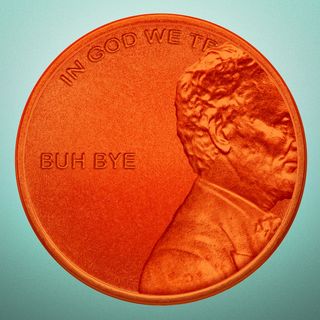

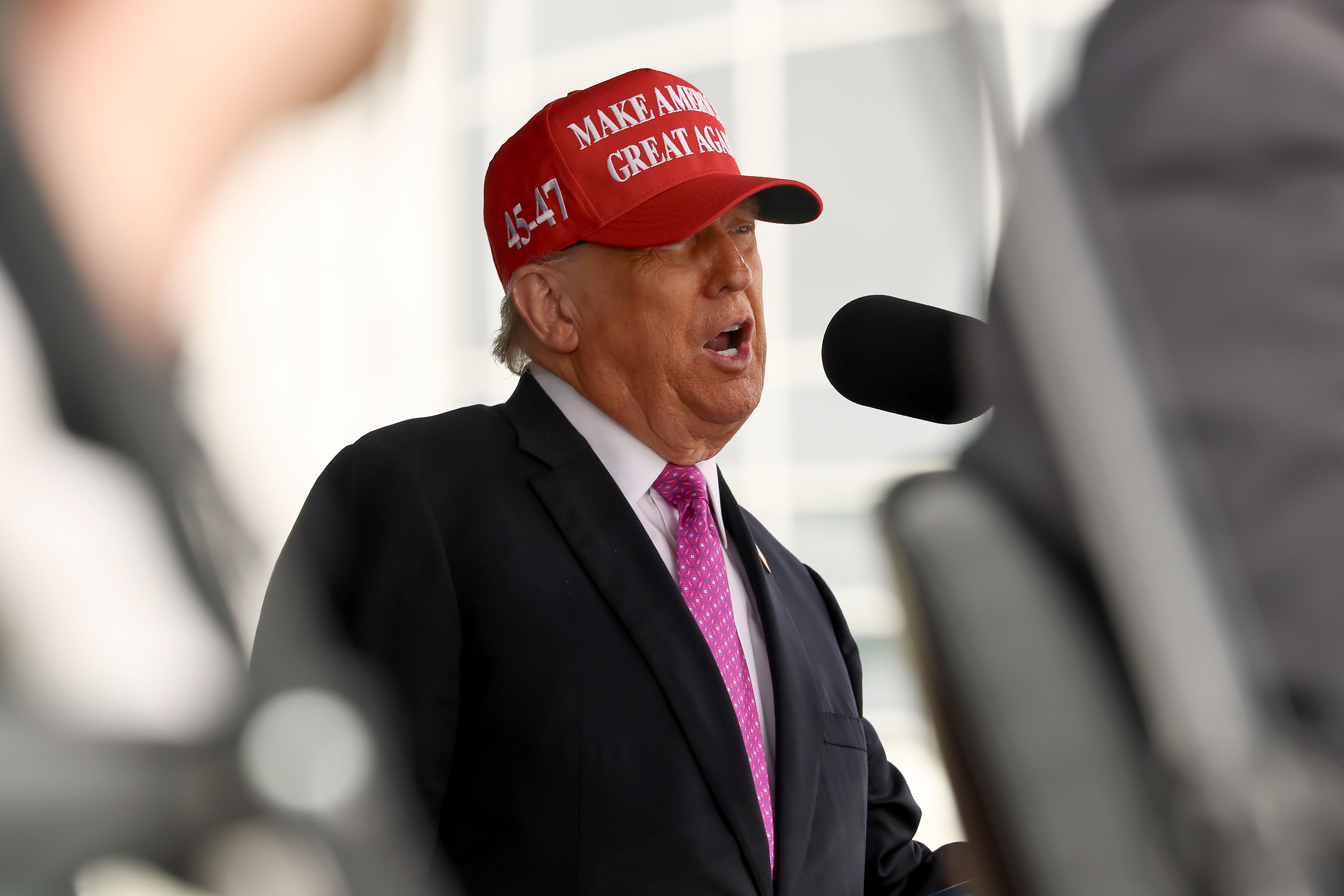













/2025/05/23/1748022534479.gif)


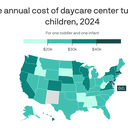









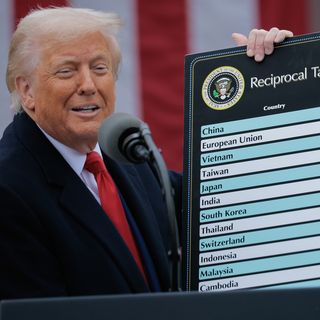





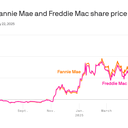






/2025/05/22/1747946866851.gif)



